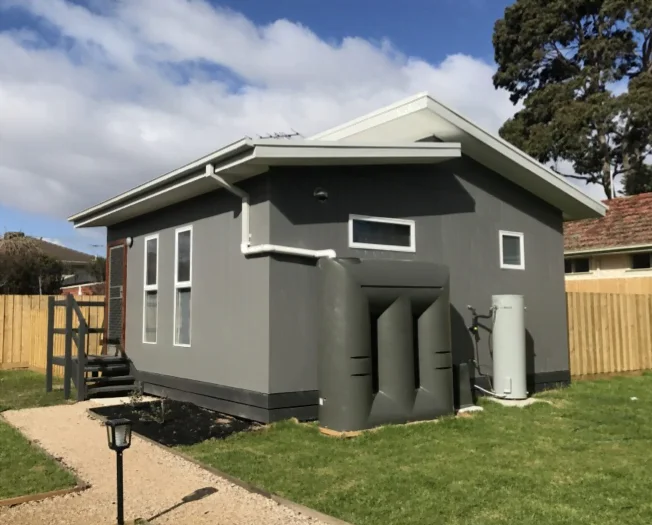How to Reuse Stormwater in My Home
How can stormwater benefit my home?
Rainwater refers only to the rain that falls on the roof. Generally, rainwater quality is much higher and cleaner. Stormwater consists of both general rainwater from roof drainage as well as rainwater falling on common ground surface such as roads, lawns and driveways etc. Consequently, stormwater often carries various contaminants, organic matters, litter and garden fertilisers, which could pollute the water quality further downstream. However, storm water is also a valuable resource if well-managed and could replace common household usage such as garden watering where high-quality water is not needed. Furthermore, reusing well-managed storm water could save water bills, conserve water resources and reduce environmental contamination from storm water effluents. Therefore, it is essential for homeowners to know how to reuse stormwater in daily life.

How can I manage the stormwater?
Homeowners can manage the stormwater well and reduce its adverse impact on environment by taking a few simple steps.
- Maintain the existing topography and drainage pattern when constructing your home foundation.
- Retain the vegetation, especially the deep-rooted trees when constructing your home.
- Minimize the exposure of naked land.
- Minimize impervious areas such as roofs and concrete driveways.
- Retain the stormwater by maximizing the permeable areas such pebble paths and garden areas.
- Avoid using solvent-based paints as they can contaminate the ‘clean’ storm water.
- Don’t overuse fertilizers and pesticides as they can be trapped by storm water.
- Avoid building your home on floodplains as they may have a high water-table.
How can I design the stormwater system for my home?
Once the stormwater has been collected in the tank, it then needs to be transferred to a suitable outlet where it can be stored for future use. Homeowners can achieve this by one of the four ways below.
- Gravity fed storm water systems: drainage pipes are installed according to the existing topography so that the storm water falls down to the drainage system using the gravity. The size of the pipe depends on the rain intensity in your region.
- Pump-based storm water systems: if the slope is not sufficient, pumps are installed to collect the storm water which incorporate rainwater tanks.
- Storm water harvesting system: storm water is collected, accumulated, treated or purified, and stored in storm water tanks for future use.
What do I need to consider before designing the stormwater system for my home?
Selecting the appropriate water system will vary according to the site constraints. Before constructing the subsurface units, homeowners need to consider five more things below.
- Soil type – soil type affects the efficiency of infiltration. Sandy soils are good for infiltration as they are more porous, while clay soils are more likely to become waterlogged as they are impermeable.
- Soil depth – shallow soil underlain by impervious rock may impede infiltration and requires removing storm water offsite.
- Groundwater – high groundwater table may reduce the efficiency of infiltration during the storm.
- Slope – gravity fed storm water systems could only be used in severe slope and pump-based storm water systems could be used in mild slope.
- Regulations – before constructing the storm water system, homeowners should check with the local council or local government.
For more information about sustainable home design, click here.
Written by Chen Qiao. Checked by Matthew Chen.
Last updated: 22 January 2019.

